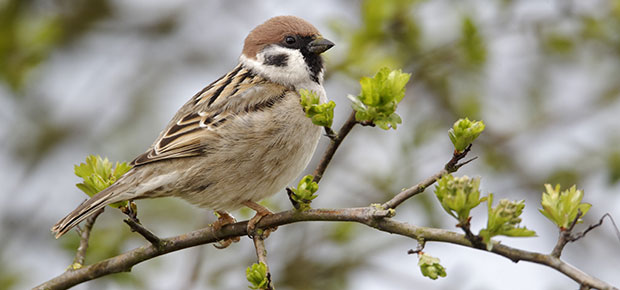 Go to Canterbury Christ CHurch University's website
Go to Canterbury Christ CHurch University's website
 Go to Canterbury Christ CHurch University's website
Go to Canterbury Christ CHurch University's website

RSPB Wildlife Indicators
Secondary | Environment | Views: 1715
The wildlife indicator is based on population trends of breeding birds: the number of birds is seen as a measure of the health of the environment. However, the population of British farmland birds has declined rapidly. This is thought to be the result of several things, including:
One of the species of birds most seriously threatened is the tree sparrow, which depends on nest holes in trees, and many have been affected by hedgerow loss, Dutch elm disease and a reduction in summer and winter food caused by changes in agriculture.
Since 1972 we have lost 87% of the tree sparrow population. There are now just 110,000 pairs left.
Questions
TASK: As an Environmental Officer, your job is to help your locality encourage an increase in bird population. Create a poster/pamphlet, outlining key information and persuading your local community to help, explaining how they can.